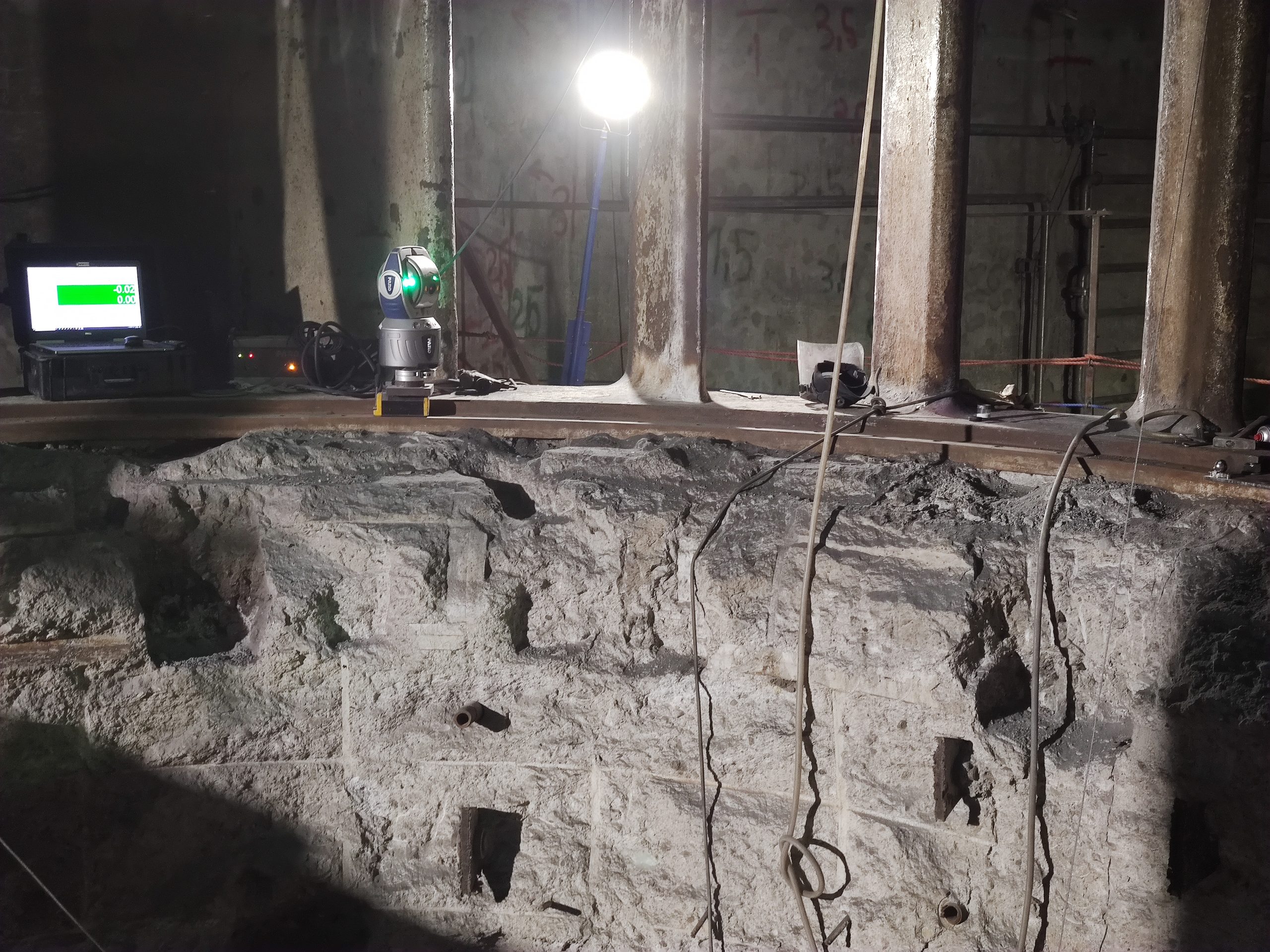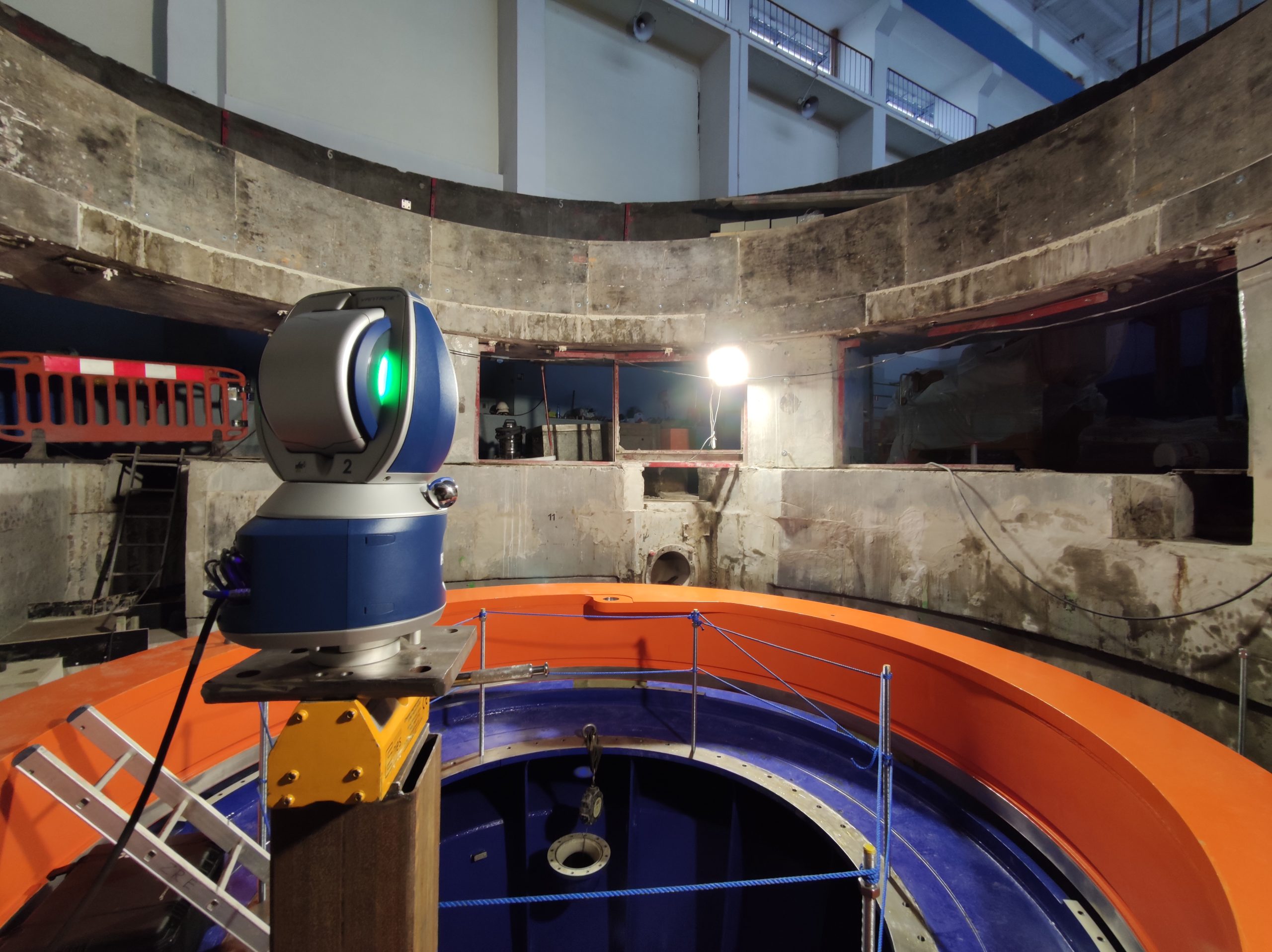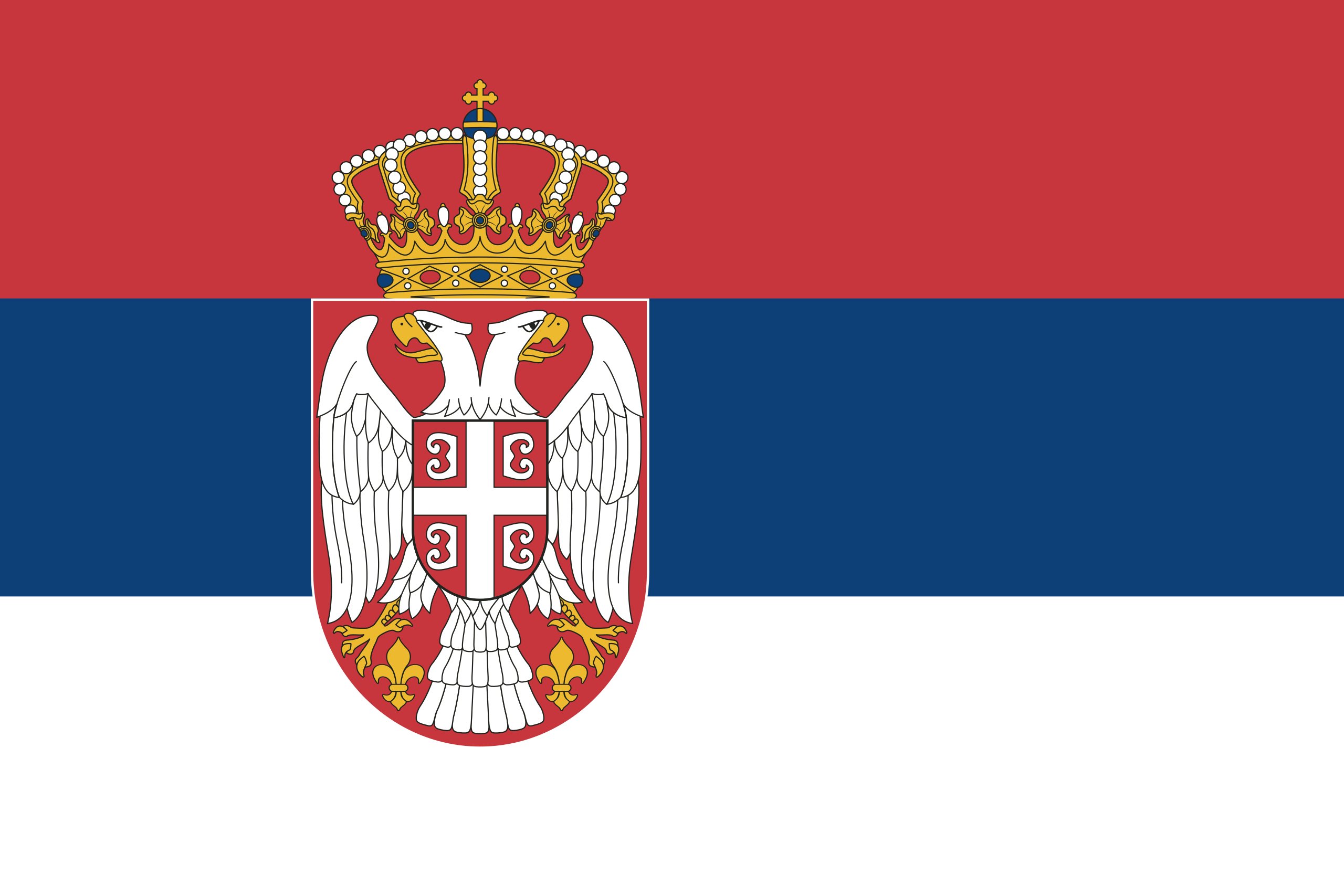- We go with the flow of highest quality standards and the latest technologies.
How does the hydropower plant work ?
Water accumulation is possible due to dam presence on a river or lake. By opening the lock, water flows through the pipeline to the turbine. It causes the turbine to rotate. Thanks to that generator and transformer together producing electricity.
Hydro energy can be obtained from:
- The river flow
- Sea wave energy
- Water fall from reservoirs
Hydropower plants types:
Run-of-the-river plant – built on rivers, they are constructed in a way that does not allow storage and, as a result, regulation of the power of generated electricity.
Regulating power stations – use water reservoirs to store the energy of potential damming water, allowing the production of electricity at any time.
Hydropower plants using Water Head level – These types of structures are among the most demanding in construction, as they require appropriate terrain conditions. They often require human intervention in the terrain by raising the upper tank and lowering the lower one, thus obtaining a greater difference in height, which ultimately translates into greater power of the turbine set.
Pumped storage hydropower – they are very important for the domestic energy sector, as they reduce the excess electricity production when the demand for it is lower (e.g. at night), by pumping energy from the lower to the upper reservoir, in order to be able to produce the necessary amount of energy again when the demand is greater.
Types of hydro turbines?
We can list the different subdivisions of turbines taking into account:
- water pressure
- number of rotors
- the way the water flows
- speed parameter
The criterion for the application of a given type of turbine is the amount of water drop, including:
- propeller turbine
- Kaplan turbine
- Francis turbine
- Cross-flow turbine
- Deriaz turbine
- Pelton turbine
- Tesla turbine
Hydroelectric power plants are of great importance for the domestic power industry, they often produce energy continuously, and the machines operating there are subject to heavy loads.Some power plants are responsible for regulating the amount of energy produced, so these plants cannot afford to fail. Our offer includes services that are applicable to the support of hydropower:
Offer
Our offer includes services that are directly applicable in supporting projects in industry hydropower:
- Setting the position of elements such as the outer head cover,
- Acquisition of digital data for the reconstruction of the shape stay and guide vanes,
- Dimensional checks before and after concreting discharge ring,
- Supervision and quality control – checking subcontractors,
- Analysis of the generator axis inclination,
- Inventory and visualization necessary for planning repairs,
- Supporting the assembly stages, aligning the generator elements with the shaft axis,
- Technical expertise about compliance of the dimensions with the technical documentation
About us
P3D – sucked into a whirlpool of technology
Thanks to the experience of our team of engineers, gained during providing services on many hydroelectric power plants, we can offer our services at every stage of the retrofit, from inventory to final assembly.
office@p3d-metrology.com
+48 787 747 888
www.p3d-metrology.com
Benefits
With our services we provide:
- precise information about the actual and true geometry,
- control of dimensions during retrofit,
- checking components before assembly,
- increasing the long-term service life of turbines,
- increased fluidity and efficiency of machines and devices,
- streamlining the assembly process,
- checking dimensions against technical documentation,
- reduction of vibrations of generator,
The biggest hydropower plants on the world:
- Three Gorges Dam (China)
- Itaipu (Brazil/Paraguay)
- Xiluodu (China)
- Guri (Venezuela)
- Tucurui (Brazil)











